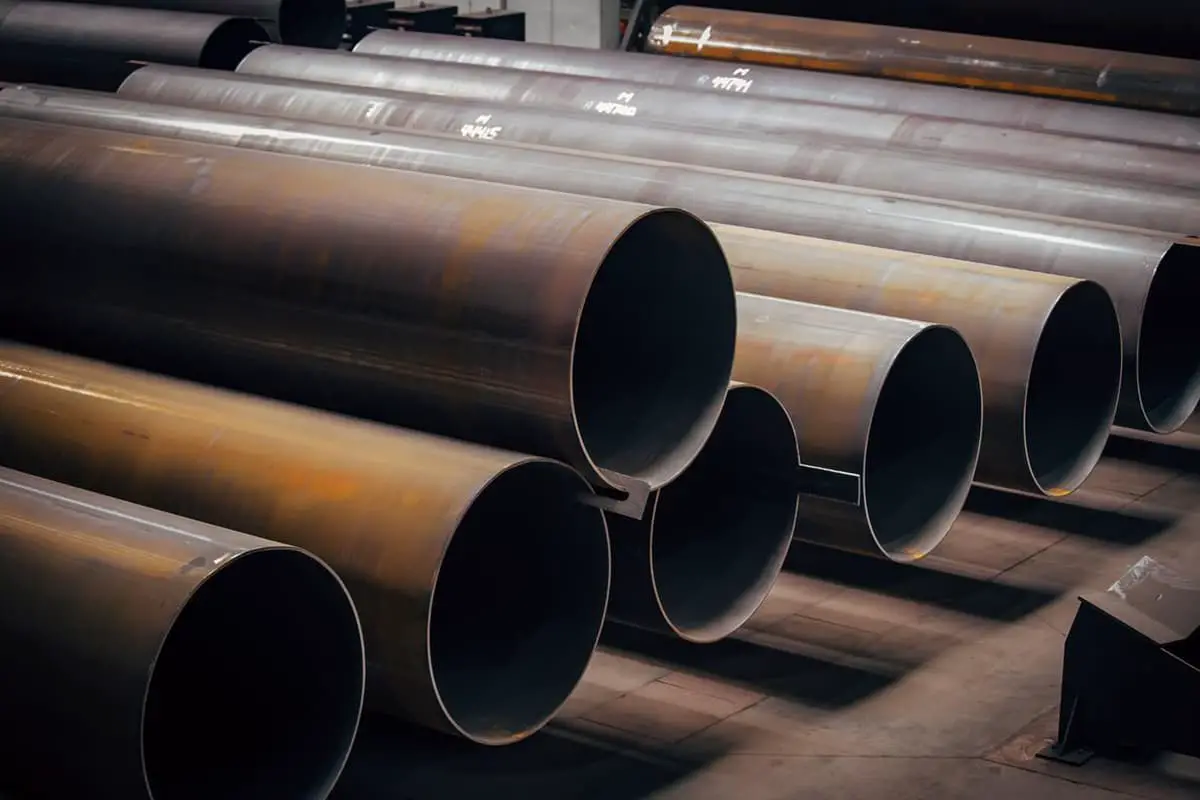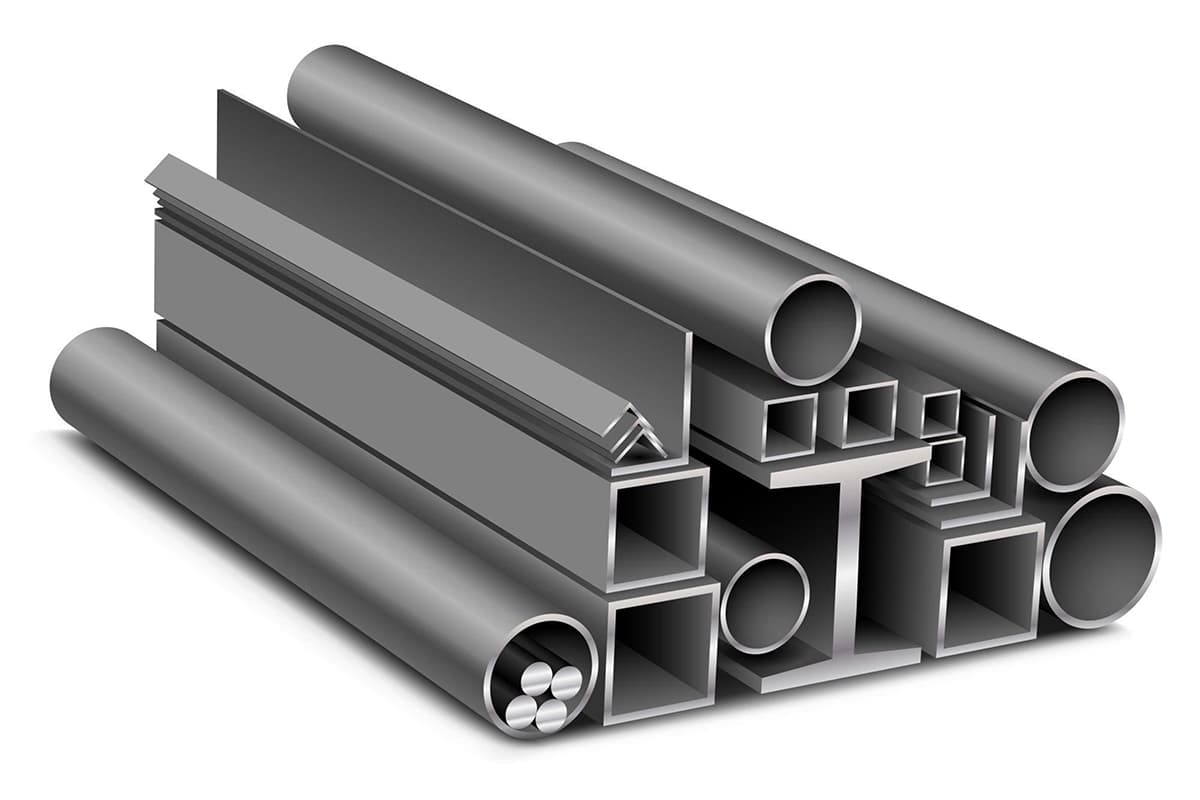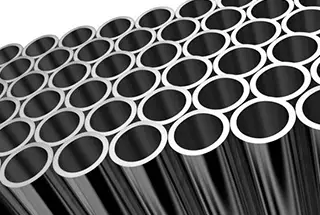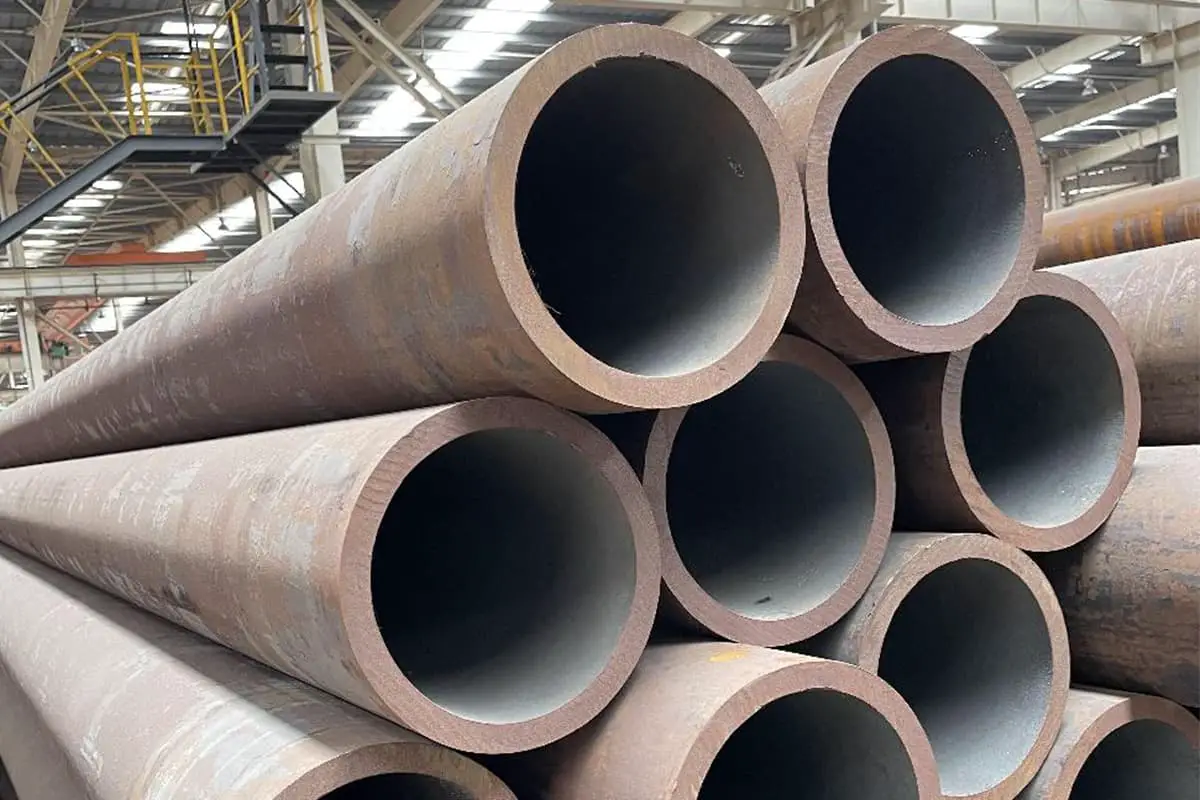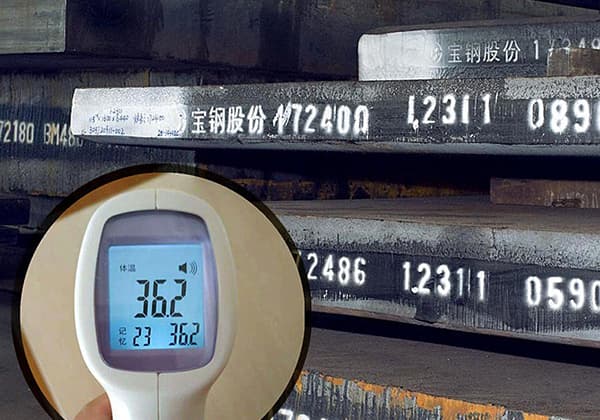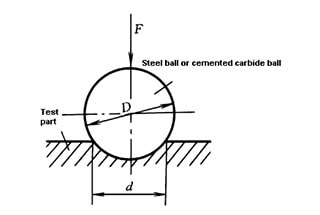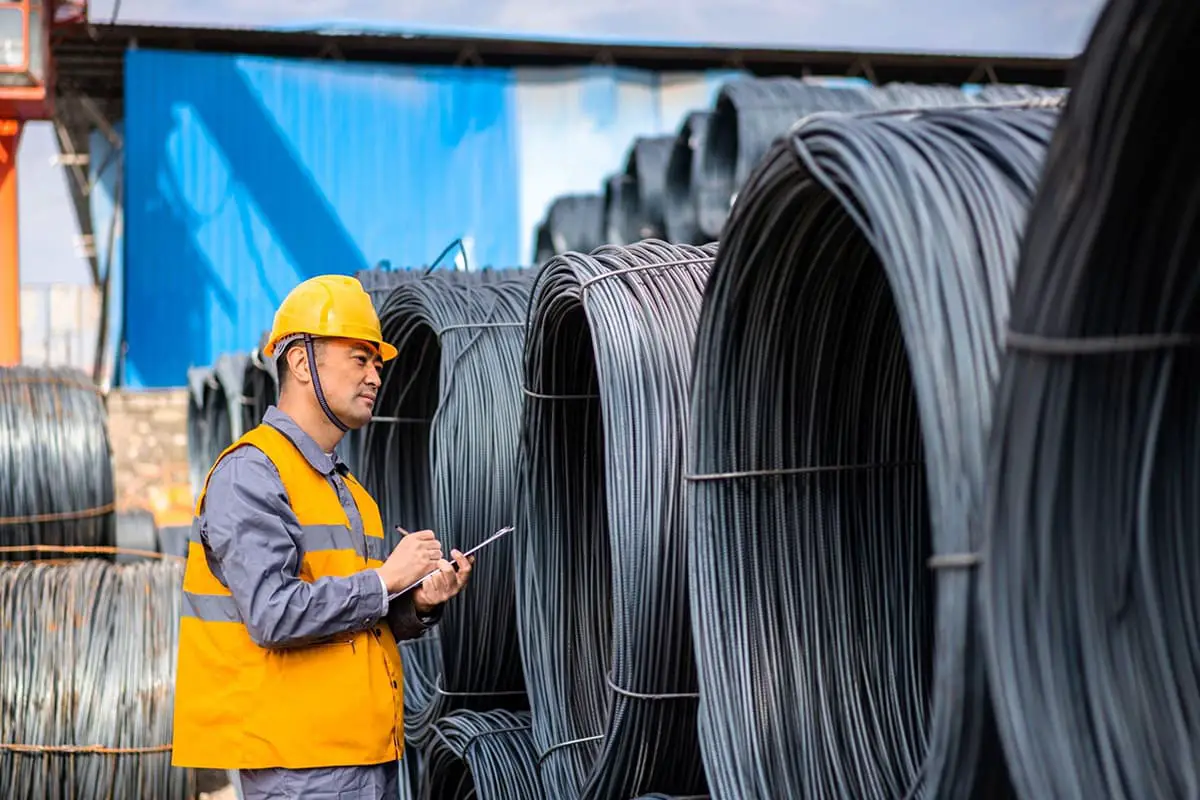
1. Steel pipe size Steel pipe sizing in the imperial system is based on fractions of an inch, with 1 inch divided into 8 equal parts: For more precise measurements, smaller dimensions are expressed in fractions of 1/16″, 1/32″, and 1/64″. When possible, these fractions should be reduced to their simplest form. For example, 4/16″ […]
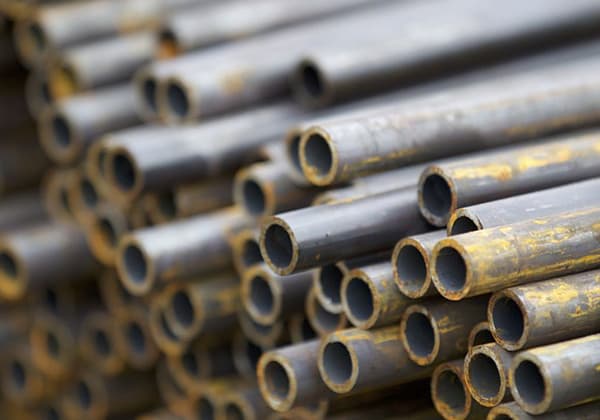

Steel pipe sizing in the imperial system is based on fractions of an inch, with 1 inch divided into 8 equal parts:
For more precise measurements, smaller dimensions are expressed in fractions of 1/16″, 1/32″, and 1/64″. When possible, these fractions should be reduced to their simplest form. For example, 4/16″ should be expressed as 1/4″.
In technical drawings and specifications, inches are denoted by double quotation marks in superscript, e.g., 1/2″.
Nominal pipe size (NPS) in the imperial system often correlates with metric Nominal Diameter (DN) as follows:
It’s important to note that these are nominal sizes and may not reflect the exact internal or external diameter of the pipe. Actual dimensions can vary based on the pipe schedule and manufacturing standards.
There are two types of standards: English standards and international standards.
Steel pipe standard table
| Pipe type (drawing note code) | Nominal diameter (mm) | Outer diameter (mm) | Wall thickness (mm) | Internal diameter | Total area of inner hole | Cross sectional area at% of inner hole (mm²) | ||
|---|---|---|---|---|---|---|---|---|
| 33% | 27.5% | 22% | ||||||
| Electric conduit (TC) | 16 | 15.87 | 1.6 | 12.67 | 126 | 42 | 35 | 28 |
| 20 | 19.05 | 1.6 | 15.85 | 197 | 65 | 54 | 43 | |
| 25 | 25.40 | 1.6 | 22.20 | 387 | 128 | 106 | 85 | |
| 32 | 31.75 | 1.6 | 28.55 | 640 | 211 | 176 | 141 | |
| 40 | 38.10 | 1.6 | 34.90 | 957 | 316 | 263 | 211 | |
| 50 | 50.80 | 1.6 | 47.60 | 1780 | 587 | 490 | 392 | |
| 15 | 20.75 | 2.5 | 15.75 | 194 | 64 | 53 | 43 | |
| 20 | 26.25 | 2.5 | 21.25 | 355 | 117 | 97 | 78 | |
| 25 | 32.00 | 2.5 | 27.00 | 573 | 189 | 157 | 126 | |
| Welded steel pipe (SC) | 32 | 40.75 | 2.5 | 35.75 | 1003 | 331 | 276 | 221 |
| 40 | 46.00 | 2.5 | 41.00 | 1320 | 436 | 363 | 290 | |
| 50 | 58.00 | 2.5 | 53.00 | 2206 | 728 | 607 | 485 | |
| 70 | 74.00 | 3.0 | 68.00 | 3631 | 1198 | 998 | 798 | |
| 80 | 86.50 | 3.0 | 80.50 | 5089 | 1679 | 1399 | 1119 | |
| 100 | 112.00 | 3.0 | 106.00 | 8824 | 2911 | 2426 | 1941 | |
| 15 | 21.25 | 2.75 | 15.75 | 195 | 64 | 54 | 43 | |
| 20 | 26.75 | 2.75 | 21.25 | 355 | 117 | 97 | 78 | |
| 25 | 33.50 | 3.25 | 27.00 | 573 | 189 | 158 | 126 | |
| Water gas steel pipe (RC) | 32 | 42.25 | 3.25 | 35.75 | 1003 | 331 | 276 | 221 |
| 40 | 48.00 | 3.50 | 41.00 | 1320 | 436 | 363 | 290 | |
| 50 | 60.00 | 3.50 | 53.00 | 2206 | 728 | 607 | 485 | |
| 70 | 75.50 | 3.75 | 68.00 | 3631 | 1198 | 998 | 798 | |
| 80 | 88.50 | 4.00 | 80.50 | 5089 | 1679 | 1399 | 1119 | |
| 100 | 114.00 | 4.00 | 106.00 | 8824 | 2911 | 2426 | 1941 | |
| 125 | 140.00 | 4.50 | 131.00 | 13478 | 4447 | 3706 | 2965 | |
| 150 | 165.00 | 4.50 | 156.00 | 19113 | 6307 | 5256 | 4204 | |
Note:
When using the pipe wall of a steel pipe as a protective line, a welded steel pipe with a wall thickness of not less than 2.5mm must be used, in accordance with the national standard “Code for Construction and Acceptance of Electrical Installation Engineering.”
A. Nominal Size: This is the size specified in standards, the ideal size desired by both users and manufacturers, and the size indicated in contracts.
B. Actual Size: This refers to the size obtained in the production process, which may differ and be larger or smaller than the nominal size.
C. Deviation: This refers to the difference between the actual size and the nominal size, which may result in the actual size being larger or smaller.
D. Weight per Meter: This can be calculated as follows: weight per meter = 0.02466 * wall thickness * (outer diameter – wall thickness).
A. Deviation: In the production process, it is often difficult to achieve the nominal size as specified in the standards. As a result, the actual size may be larger or smaller than the nominal size. This difference between the actual size and the nominal size is referred to as deviation. A deviation that results in a larger actual size is referred to as a positive deviation, while a deviation that results in a smaller actual size is referred to as a negative deviation.
B. Tolerance: Tolerance refers to the permissible range of deviation specified in the standards. It is expressed as the sum of the absolute values of both positive and negative deviation values. Tolerance is directional-free, meaning it does not have a positive or negative directionality. It is incorrect to refer to deviation values as “positive tolerance” or “negative tolerance.”
The delivery length is also referred to as the length required by the user or the length specified in the contract. The standard specifies the delivery length as follows:
A. Normal Length (also known as Non-Fixed Length): This refers to all lengths within the range specified in the standard and without fixed length requirements. For instance, the structural pipe standard specifies the following:
B. Fixed Length: The fixed length must be within the normal length range and is a fixed dimension specified in the contract. However, it is not possible to achieve an absolute length in practice. As a result, the standard specifies an allowable positive deviation value for the length.
The production rate of fixed-length tubes has decreased significantly compared to that of normal length tubes, which makes it reasonable for manufacturers to raise prices. The price increase varies from company to company, with an average increase of approximately 10% over the base price.
C. Multiple Length: Multiple lengths must be within the normal length range. The contract should specify the single length and the multiple of the total length (for example, 3000mm x 3, meaning three times 3000mm, for a total length of 9000mm). In practice, a positive deviation of 20mm should be added to the total length, and an incision allowance should be reserved for each single length.
For example, for structural pipes, an incision allowance of 5-10mm is required for outer diameters less than or equal to 159mm, while outer diameters greater than 159mm require an allowance of 10-15mm. If the standard does not specify the length deviation and cutting allowance, they should be negotiated by both parties and noted in the contract.
Double length is similar to fixed length and significantly reduces the finished product rate of the production company. It is therefore reasonable for the production company to raise its prices, with an average increase similar to that of fixed length.
D. Range Length: Range length is within the normal range. If the user requires a fixed range length, it should be indicated in the contract. For example, the normal length is usually 3000-12000mm, while the range length might be 6000-8000mm or 8000-10000mm. Range length is less strict than fixed length and double length, but more strict than normal length, which also reduces the yield of the production company. As a result, it is reasonable for the manufacturer to raise its prices, with an average increase of about 4% above the base price.
The thickness of the steel pipe’s wall cannot be consistent throughout. There is an objective occurrence of unequal wall thickness on its cross-section and longitudinal body, which results in uneven wall thickness.
To regulate this unevenness, certain steel pipe standards have established a permissible index for wall thickness non-uniformity, which is typically not more than 80% of the wall thickness tolerance (agreed upon through negotiations between the supplier and buyer).
On the cross-section of a circular steel pipe, there is a difference in outer diameter, resulting in a maximum and minimum outer diameter that are not necessarily perpendicular to each other. This difference between the maximum and minimum outer diameter is referred to as ovality or out-of-roundness.
To regulate ovality, certain steel pipe standards have established an acceptable index of ovality, which is typically not more than 80% of the outer diameter tolerance (determined through negotiations between the supplier and buyer).
The steel pipe is bent along its length, and the degree of bend is quantified using numbers, known as bending.
Bending is generally divided into two types as per the standard:
A. Local bending: The bend at the maximum point along the length of the steel pipe is measured using a ruler with a length of one meter. The height of the chord (mm) at the maximum bend is referred to as the local bending value, expressed in mm/m. For example, it may be expressed as 2.5mm/m.
This method can also be used to measure the bend at the end of the pipe.
B. Total bending of the entire length: The maximum chord height (mm) at the bend of the steel pipe is measured by tightening a thin rope at both ends of the pipe. This value is then converted into a percentage of the length (in meters), which represents the total bend of the steel pipe along its length.
For example, if the length of the steel pipe is 8m and the maximum chord height is 30mm, the total bend of the pipe would be:
0.03 ÷ 8m × 100% = 0.375%.
The permissible deviation from the tolerance or standard for dimensions.
The dimensions referred to here primarily pertain to the outer diameter and wall thickness of the steel pipe.
It is common for people to refer to size deviations as “out-of-tolerance,” but this is not always a strict definition of deviation and tolerance. The correct term is “out-of-specification.”
The deviation can either be positive or negative. It is unusual for both positive and negative deviations to fall outside of the standard in the same batch of steel pipes.
Note: Formula for calculating the theoretical weight of common profiles:
m=F×L×ρ
Where: F section area calculation method:
1. Square steel F=a2
2. Steel pipe F=3.1416 ×$ (D – $)
3. Steel plate, flat steel F=a ×$ a – width


